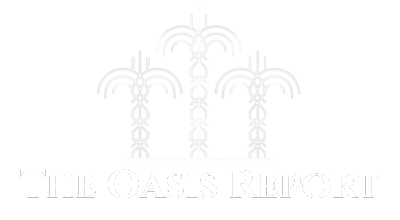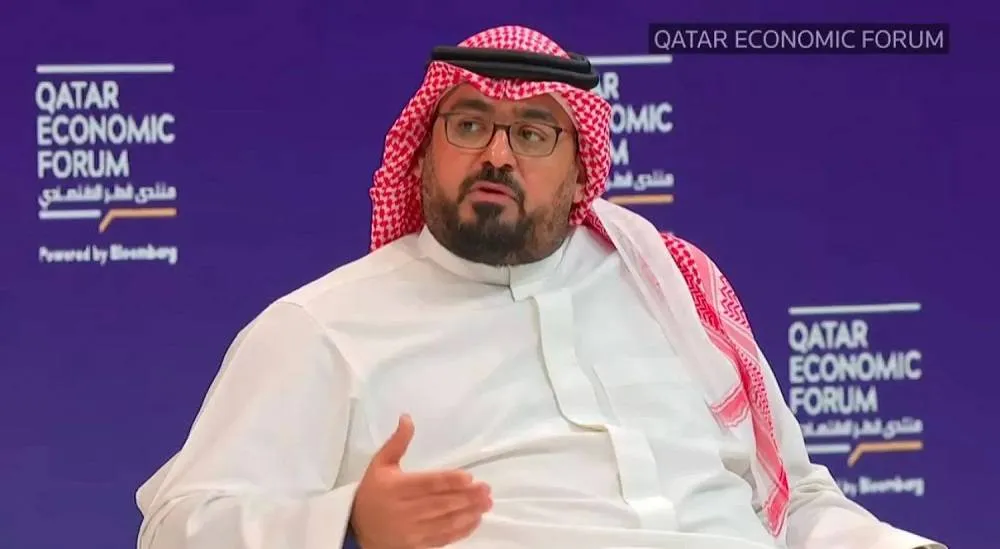Saudi Arabia has adopted a more strategic spending approach that blends fiscal discipline with bold investment in key Vision 2030 initiatives, according to Minister of Economy and Planning Faisal Alibrahim.
The shift reflects the Kingdom’s broader commitment to economic diversification and long-term stability, moving away from reliance on oil revenues as the primary budget driver.
Saudi Arabia remains well-positioned to navigate fluctuations in oil prices, thanks to its robust financial reserves and forward-looking planning, said Alibrahim.
He noted that the Kingdom’s budget is no longer tethered solely to oil income, but is instead guided by national priorities within the energy sector and beyond.
Speaking at the Qatar Economic Forum on Tuesday, the minister highlighted how Vision 2030 is shaping a comprehensive and ambitious transformation of the Saudi economy.
Other Gulf nations are undertaking similar reform paths, collectively strengthening the region’s resilience and institutional capacity, remarked.
“Our economic planning is not just focused on the next 12 months,” Alibrahim said. “We are thinking long term — a mindset shared across the Gulf Cooperation Council (GCC).”
The Kingdom’s new approach also involves substantial investment in institutional development, designed to generate sustainable returns and maintain momentum behind reform efforts. This resilience, he said, is essential to withstanding global shocks and ensuring a stable environment for growth.
Alibrahim described the Gulf region as a “bright spot” in the global economy, citing its ability to pair strategic vision with effective execution. He credited strong leadership and popular support as key drivers of the region’s ongoing progress.
Saudi Arabia’s transformation is not only about shifting from consumption to production and export, but also about cultivating innovation and attracting the capital and talent required to power that shift, stressed the minister.
Turning to foreign direct investment (FDI), Alibrahim framed it as a long-term engine for growth. He pointed to a range of positive indicators, including an increase in investment licenses, a rise in the number of regional headquarters established in the Kingdom, and a growing pipeline of active deals.
“Our goal is to raise FDI to 5.7 percent of GDP by 2030, which amounts to 100 billion riyals annually,” he said. To achieve this, Saudi Arabia is implementing over 900 business environment reforms aimed at enhancing transparency, competitiveness, and investor confidence.



